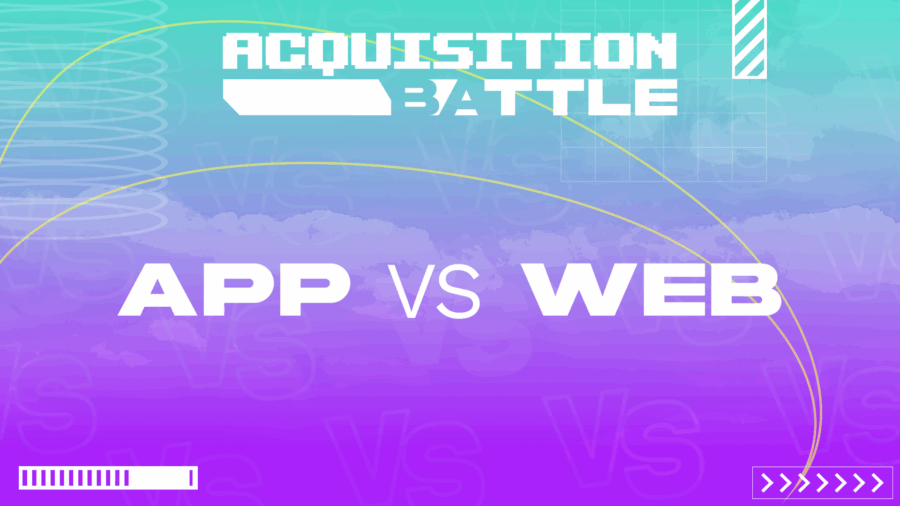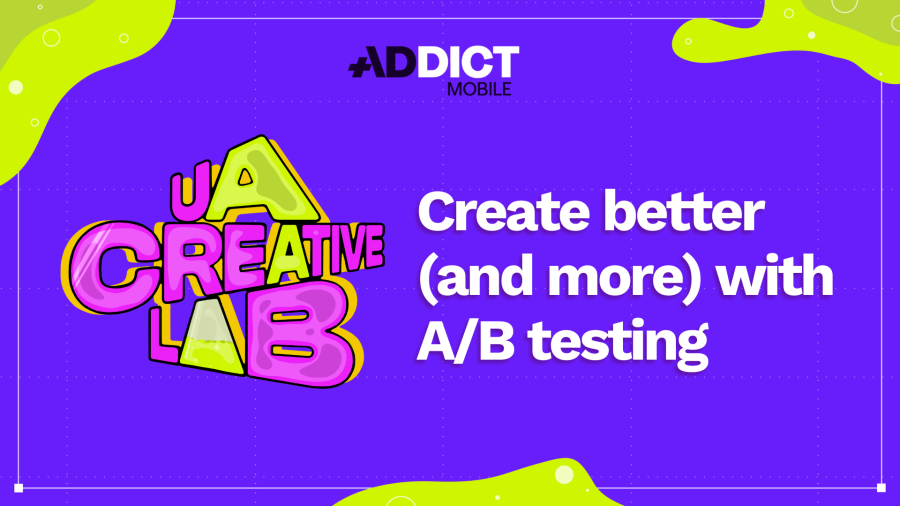DTM #2: I need to limit Android campaigns because iOS users are more qualified.

User Acquisition myth #2: I need to limit Android campaigns because iOS users are more qualified.
This widespread myth is based on generalizations about Android users’ purchasing power or the fact that they make fewer in-app purchases. In reality, judging the quality of users simply by their operating system is not that simple.
The key to effective campaigns lies in assessing the specificities of each OS and analyzing your needs and objectives for an adapted strategy.
1. Tracking and Visibility
With concerns related to privacy on iOS, especially with App Tracking Transparency and SKAdNetwork, Android stands out by offering simpler tracking and complete visibility, allowing for the collection of data on 100% of the traffic.
This approach makes it easier to obtain accurate and reliable data over a longer period, which is essential for Year-to-Year comparisons. Android therefore guarantees continuity in tracking, ensuring stability and precision in performance evaluation, key elements for the success of user acquisition campaigns. Android data can also be used to make projections about the behaviors of users whose events are not tracked by the SKAdNetwork.
2. Significant Market Share
Android’s significant market share, surpassing 71% globally, is more than just a statistic. It represents a significant opportunity for acquisition campaigns and ignoring it would be a strategic mistake. This diversity extends to user behaviors, demographic characteristics, and many other factors. Thus, excluding Android from campaigns could mean losing segments of qualified users to reach your goals.
Moreover, Android’s dominance becomes an even more critical factor depending on the part of the world where you want to launch campaigns. When specifically targeting Tier 2 or 3 geos, it’s becomes challenging to not leverage Android. For instance, in regions like LATAM, with countries such as Brazil where Android holds a market share exceeding 80%, its role becomes essential. Even for Tier 1 geos, Android’s market share remains notable, ranging between 60 and 70% (excluding the United States)
3. More Suitable Acquisition Sources
Some acquisition sources perform better on Android, and some are exclusively dedicated to this OS. For example, “preload,” a feature allowing the installation of an application on an Android device upon its first use, is not available on iOS.
Also, Google proves to be a more effective acquisition source on Android, offering better optimization possibilities and the ability to leverage more placements than on iOS. Let’s take the example of search: on Android, it takes into account both browser and Play Store searches, unlike iOS, which is limited to the browser alone. This means that search on the App Store is not taken into account.
4. Similar Purchasing Power to iOS
On iOS, all phones are considered high-end, while Android offers a wide range of devices. This variety has led to a generalization that Android users have lower purchasing power and make fewer or smaller in-app purchases. However, this perception needs to be nuanced. In reality, Android also offers high-end smartphones with prices that compete with Apple devices. Therefore, the purchasing power of Android users can be equivalent to that of iOS users, depending on the targeted market segment.
NEWS
Article in relation

Acquisition Battle #3: App Vs Web
In mobile acquisition, choosing whether to run ads on the web or in-app may seem straightforward. Yet, the two don’t always serve the...
Published on 5 September 2025
Interview with Elisa Lopez, UA Team Leader
Meeting with Elisa, UA Team Leader at Addict Mobile. Since 2020, Elisa has been supporting her clients with App and Web strategies, adopting...
Published on 2 July 2025
UA Creative Lab #2: Create better (and more)…
Between multiplying formats, adapting to platform-specific codes, and the constant need for creative refresh, production has become a central challenge for marketing teams....
Published on 25 June 2025

